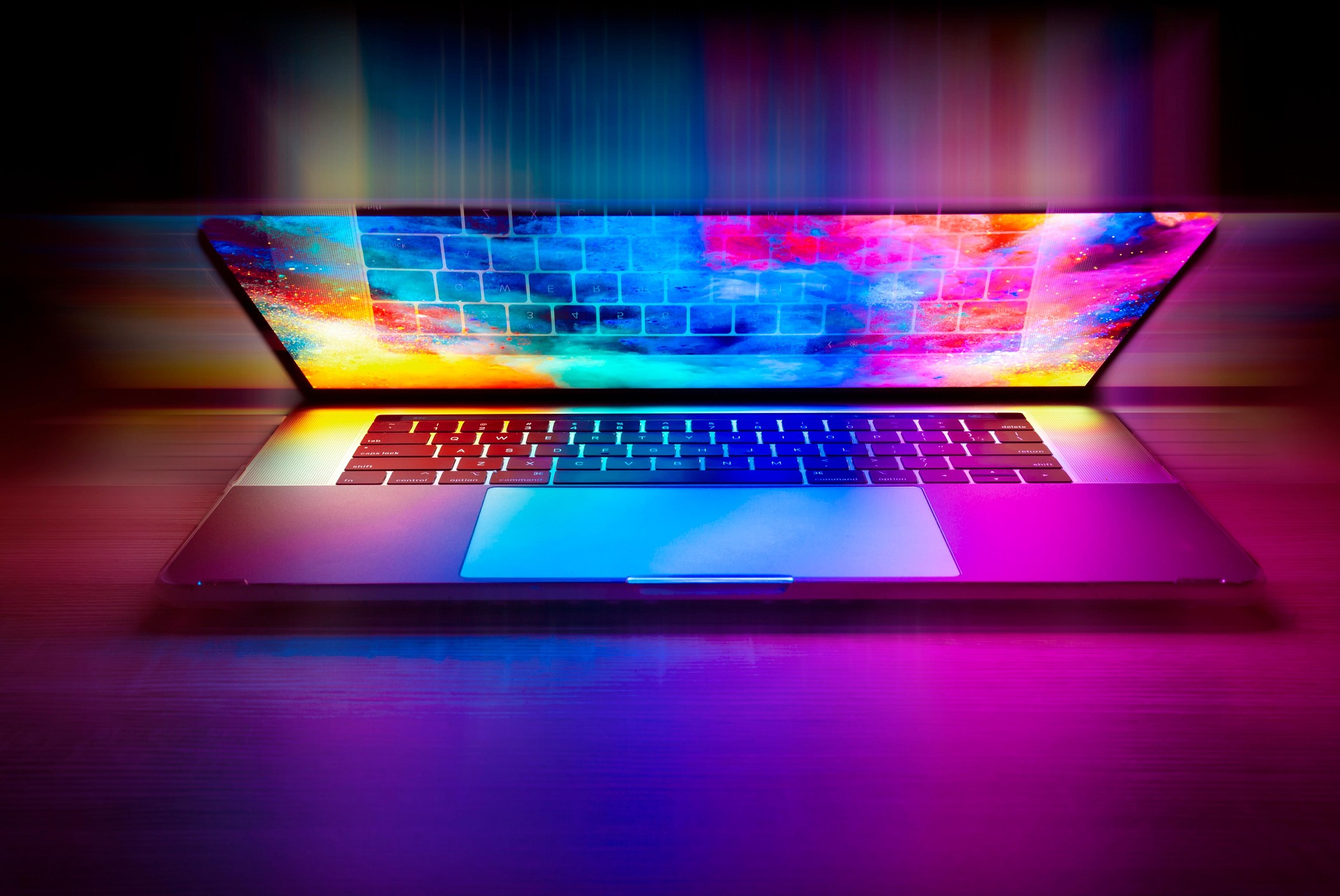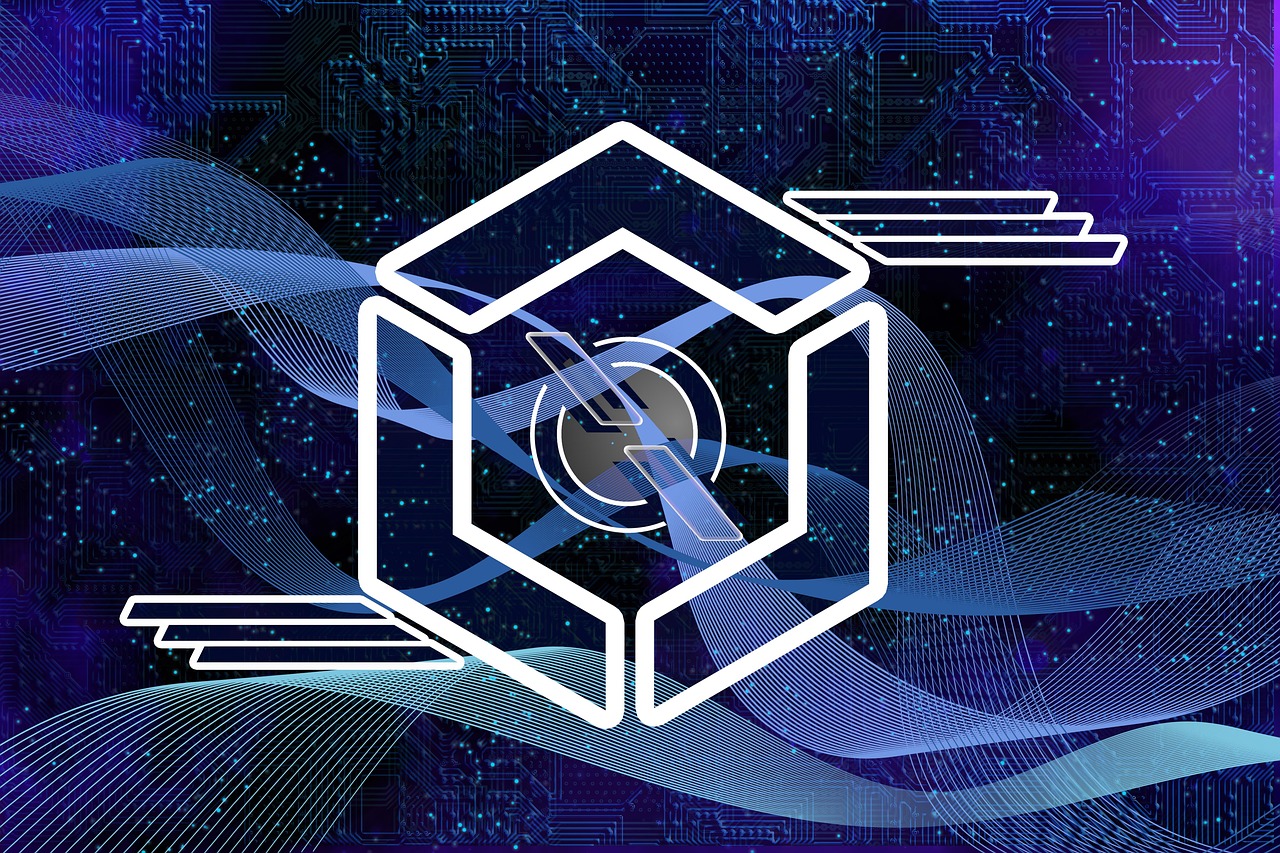The constant illumination of your HDD or SSD activity indicator after installing a new SSD suggests that the system might be incorrectly interpreting or handling drive activity signals. This behavior could be caused by several factors, including BIOS settings, drive configuration, or hardware issues. Here are some steps to troubleshoot and potentially resolve the issue:
- Check Physical Connections:
- Ensure that all cables (SATA and power) are securely connected to both the SSD and HDD.
- Verify that the SSD and HDD are connected to the correct ports on the motherboard.
- BIOS/UEFI Settings:
- Drive Configuration: Enter the BIOS/UEFI setup during system boot (usually by pressing a key like
Del,F2, orEscduring startup). Look for drive settings to ensure that both the SSD and HDD are correctly recognized and configured. - SATA Mode: Ensure that the SATA mode is set to AHCI, which is typically optimal for SSD performance. If it’s set to RAID or IDE, consider changing it to AHCI (note: changing this setting may require a fresh OS installation if not done correctly).
- Boot Order: Ensure that the SSD is set as the primary boot drive.
- Drive Configuration: Enter the BIOS/UEFI setup during system boot (usually by pressing a key like
- Windows Configuration:
- Drive Activity: Open the Task Manager (Ctrl + Shift + Esc) and check the “Performance” tab to monitor disk activity. Verify if any processes are utilizing the HDD or SSD extensively.
- Disk Management: Open Disk Management (Win + X, then select Disk Management) to ensure that the drives are correctly identified and that no unnecessary partitions are present.
- Driver Update:
- Ensure that all storage drivers are up to date, including the SATA controller drivers and SSD firmware.
- Power Settings:
- Check power settings in Windows, particularly any settings related to hard drive sleep or idle states. Go to Control Panel > Power Options > Change Plan Settings > Change Advanced Power Settings and ensure appropriate settings for both HDD and SSD.
- Troubleshooting Tools:
- Use diagnostic tools provided by the SSD manufacturer to check the health and status of the SSD.
- Run a disk check on both drives (Command Prompt as Administrator, then
chkdsk C: /ffor example).
If after these steps the issue persists, it might be worth testing the drives in another system to determine if the issue is specific to your current setup or possibly a hardware fault in the drives or the motherboard.
Should none of these steps resolve the issue, you may consider consulting the motherboard’s manual for specific guidance on configuring SSDs and HDDs, or reaching out to the support team for your motherboard or SSD manufacturer for further assistance.
Linux News and tips – Linuxlap.com
Table of Contents
What is a Cloud Computer?
A cloud computer (sometimes called a virtual machine or cloud desktop) is basically a computer that …
Why ARM-Based Laptops Are Gaining Ground in 2025
A Quiet Revolution in Your Laptop In 2025, ARM-based laptops are no longer niche. Once associated mo…
What Is Quantum Computing? A Complete Guide to the Future of Technology
In the rapidly evolving world of technology, quantum computing stands out as one of the most revolut…


